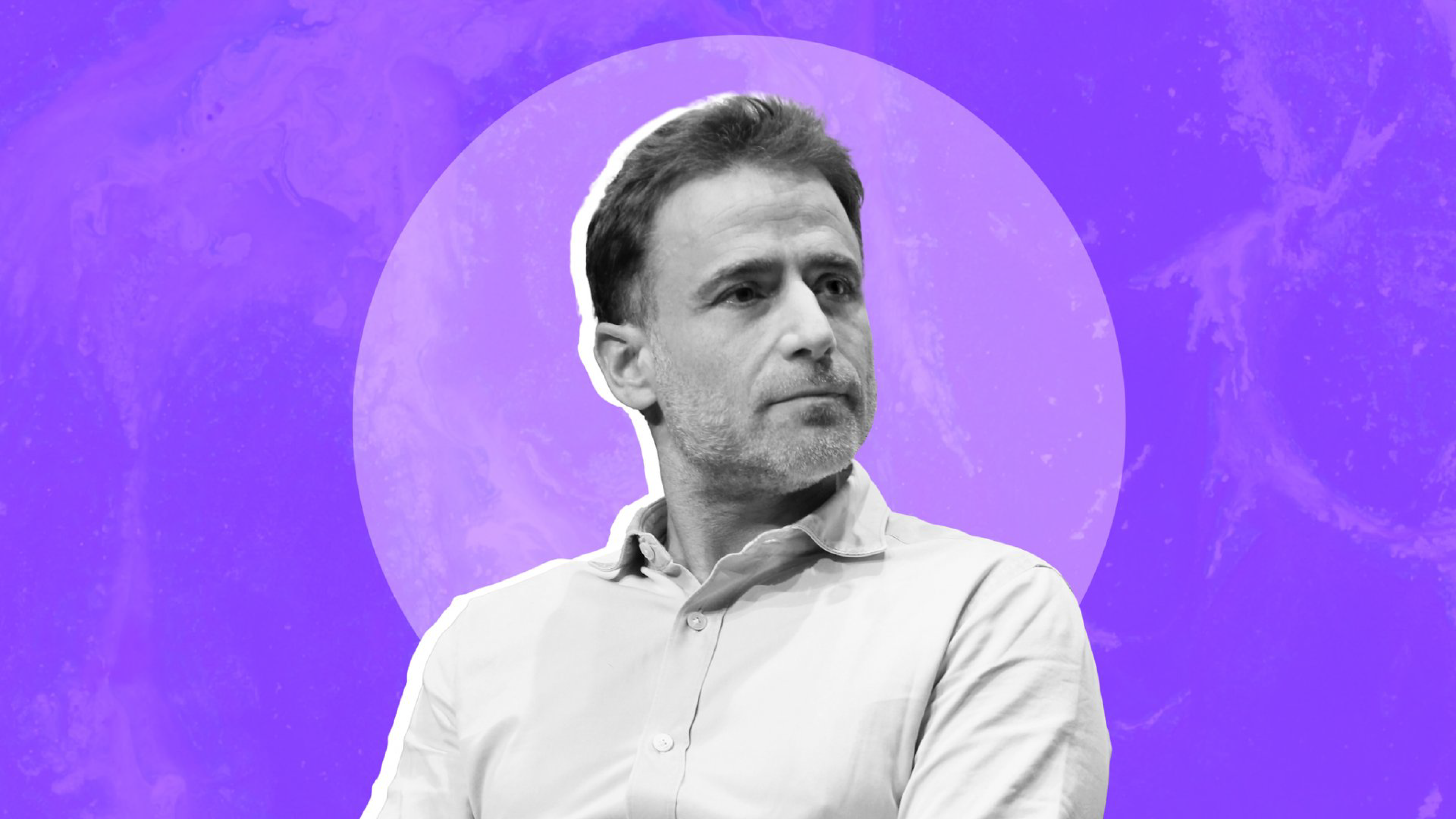
Photo Credit: Getty Images
Slack chief executive Stewart Butterfield knew the world was changing the night of March 11, right around when Tom Hanks announced from Australia that he had contracted Covid-19, the NBA suspended its season, and President Trump signed his third proclamation banning travel to the United States. Butterfield's team had already been working virtually for a week--something that came fairly naturally to the business-communications-tool startup.
Seven months later, Slack still is fully remote. Butterfield has had the same jarring experience so many executives and knowledge-workers have had going into his company's near-empty headquarters at 500 Howard Street in San Francisco--one of 16 offices the company has in 10 countries. At the Fast Company Innovation Festival on Friday, he said of the nearly vacant 230,000-square-foot office, "It was pretty strange to be in there. A little depressing, to be honest."
The visit got him thinking about the role of an office beyond the pandemic. Sure, it's a place for meetings. It's advertising, marketing, a shiny recruiting tool with a big Slack logo on it. HQ is a projection of power and a cultural touchstone. It's also--and he said this is of lower value than its other roles--office space, which he referred to as "factory farm, battery-housing for people to sit at desks and use computers by themselves with headphones on not talking to anyone else."
Butterfield believes that now that employees have tasted the flexibility of not having to commute, there's no going back to a 40-hour, butt-in-chair workplace for most knowledge workers in competitive fields, citing a pair of logistical and market reasons.
He explained that if Slack required employees to all return to the office daily, and one of its competitors for the same pool of talent continued to allow remote work, he'd lose talent: "Who wouldn't take that second option?"
"You start to see that as an expectation or requirement and there's a market-force applied. I don't know that individual companies are going to be able to opt out and say our employees have to come into the office," Butterfield said.
There's also logistics. Many of his city-dwelling employees have relocated to have more space, indoors and out. He's also hired 20 percent of Slack's current workforce in the past seven months--all of whom have worked remotely only. He recently brought on the first fully remote member of Slack's executive team, who is based in Chicago rather than San Francisco, and who, Butterfield says, is "not going to move once there is a vaccine."
"Once you make those decisions, you can't go back," he says. Butterfield admits he doesn't have it all figured out, but imagines employees using the company's offices for collaboration and meetings--but staying home on days that primarily include solo work. He says he and other executives have a lot of planning to do to make sure employees can be their most productive in the new reality--whatever it looks like. He says: "To not get the worst of both worlds is going to take a lot."
For the original article, visit: Inc.


.png?width=861&upsize=true&name=Blog-01%20(1).png)
